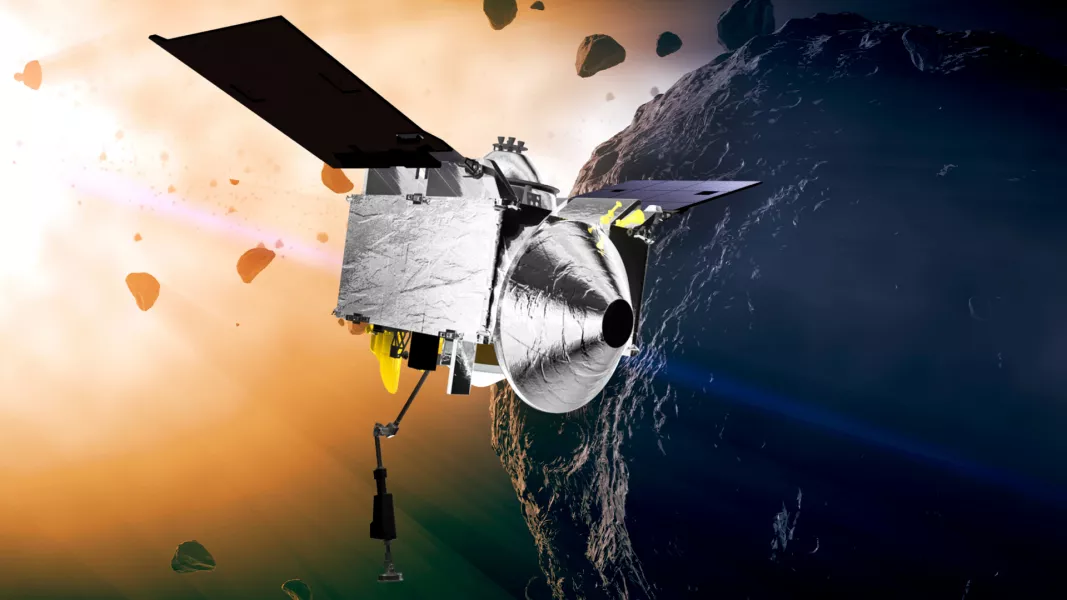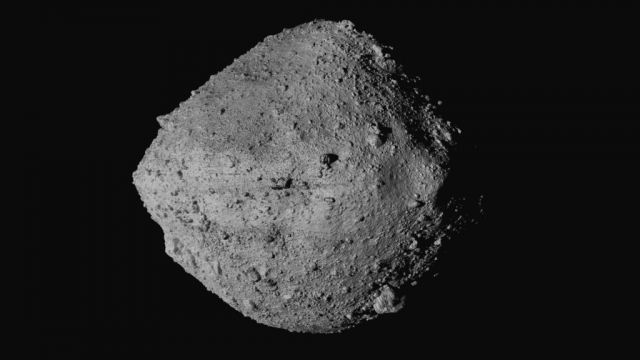NASA has developed a better understanding of Bennu’s probably flight path for the next 200 years, and the bad news is there is a slightly greater chance of the space rock hitting Earth than previously thought.
But don’t be alarmed: Scientists have reported the odds are still quite low that Bennu will reach us in the next century.
“We shouldn’t be worried about it too much,” said Davide Farnocchia, a scientist with NASA’s Centre for Near Earth Object Studies at the Jet Propulsion Laboratory in Pasadena, California, who served as the study’s lead author.
While the odds of a strike have risen from 1-in-2,700 to 1-in-1,750 over the next century or two, scientists now have a much better idea of Bennu’s path thanks to NASA’s Osiris-Rex spacecraft, according to Farnocchia.

“So I think that overall, the situation has improved,” he told reporters.
The spacecraft is headed back to Earth on a long, roundabout loop after collecting samples from the large, spinning rubble pile of an asteroid, considered one of the two most hazardous known asteroids in our solar system. The samples are due here in 2023.
Before Osiris-Rex arrived at Bennu in 2018, telescopes provided solid insight into the asteroid, which is about one-third of a mile in diameter. The spacecraft collected enough data over 2-1/2 years to help scientists better predict the asteroid’s orbital path well into the future.
Their findings — published in the journal Icarus — should also help in charting the course of other asteroids and give Earth a better fighting chance if and when another hazardous space rock heads our way.
Before Osiris-Rex arrived on the scene, scientists put the odds of Bennu hitting Earth through the year 2200 at 1-in-2,700. Now it’s 1-in-1,750 through the year 2300. The single most menacing day is September 24, 2182.







